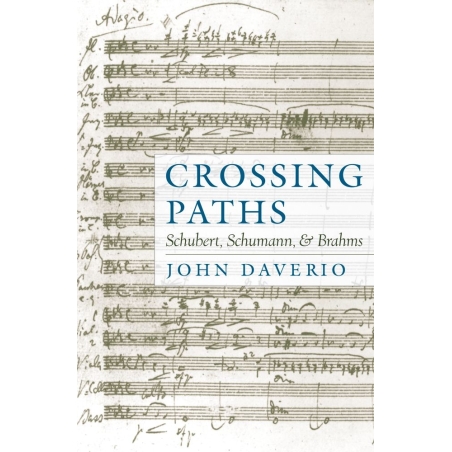In Crossing Paths, John Daverio explores the connections between art and life in the works of three giants of musical romanticism. Drawing on contemporary critical theory and a wide variety of nineteenth-century sources, he considers topics including Schubert and Schumann's uncanny ability to evoke memory in music, the supposed cryptographic practices of Schumann and Brahms, and the allure of the Hungarian Gypsy style for Brahms and others in the Schumann circle. Daverio portrays the book's three key players as musical storytellers, each in his own way simulating the structure of lived experience in works of art.
CONTENTS
Introduction: At the Intersection of Old and New Paths
Part I: Schumann's One and Only Schubert
1 Schumann and Schubert's Immortal Piano Trio in E flat
2 The Gestus of Remembering: Schubert's Critique of Schubert's Impromptus
Part II: Uttering CLARA in Tones
3 Schumann: Cryptographer or Pictographer?
4 Brahm's Musical Ciphers: Acts of Homage and Gestures of Effacement
5 The Folded Fan
Part III: A Noble Model
6 Metaphysical Chess Games
7 Brahms, the Schumann Circle, and the Style hongrois: Contexts for the Double Concerto
Epilogue: Crossing Paths and Modes of Experience




